As we age, we seem to take longer and longer to roll out of bed. Our joints pop and creak and we need “wake up” time to become less stiff. Cats and dogs affected with arthritis can be the same way. Arthritis is a common orthopedic condition in pets, particularly older ones, but pets of any age can be affected. One in five dogs will experience joint issues in their lifetime, according to some estimates, whereas up to 90% of cats are estimated to develop degenerative joint disease. That is a lot of pets suffering from arthritis pain so, unfortunately, your own furry pal has a good chance of developing this condition at some point. Learn how to spot arthritis signs in your pet, so you can get them the help they need as soon as possible, and they can move comfortably again.
How does arthritis form in pets?
Arthritis develops over time. Typically, the joint cartilage cushion between bones erodes, causing the bones to rub against each other and create painful inflammation. Over time, the bone edges can become rough and form bone spurs, causing more pain.
Arthritis in pets has many causes, including:
- Body conformation (i.e., how a pet’s body is built)
- Overweight or obesity
- Abnormal joint development (e.g., hip dysplasia, elbow dysplasia, luxating patellas)
- Excessive activity or sports
- Injury history (e.g., fracture, torn ligament, muscle injury, joint infection, cartilage damage)
- Orthopedic surgery
- Poor nutrition
Contrary to popular belief, arthritis is not an “old age” disease that suddenly occurs when a pet hits a certain age. Arthritis is more a disease that occurs because a variety of health issues put excessive strain on the joints, and the cartilage deteriorates. Generally, this process becomes apparent later in life, because a pet will compensate for pain and decreased mobility early on in the disease process.
What are arthritis signs in pets?
Pets are skilled at hiding pain, so their arthritis has probably advanced before you notice signs. Often, pet owners chalk up classic arthritis signs to normal aging, but that is not the case, and their pet’s inflammation and pain can be managed. If your pet has arthritis, you may see the following signs:
- Change in gait or posture — Pets will often limp or favor the affected limb, or sit differently to help reduce pressure on a painful joint.
- Decreased activity — Your pet may sleep more than usual, or show disinterest in their favorite games and activities.
- Decreased appetite — Pets who are in pain may eat less than normal.
- Refusal to jump on furniture or in the car — Your pet may refuse to jump into the car to go for a ride, or onto your bed snuggle up, because jumping puts a lot of stress and pressure on painful joints.
- Inability to use the stairs — Painful pets may be unable to use stairs, whether an entire staircase or only a couple of steps to the backyard.
- Difficulty standing after lying down — After resting, you may think your pet would be ready for activity, but lying down for some time can cause joint stiffness. Typically, pets will “warm up” out of their stiffness with some movement, but they will initially find standing up difficult.
- Excessive licking or grooming of a specific area — Pets find licking and grooming soothing, and will often obsessively lick a painful area trying to soothe the pain.
- Behavior changes — Pets who are painful may become irritable or reclusive, shunning any interaction that may cause discomfort.
- Inappropriate elimination — Posturing to urinate and defecate can cause pain in arthritic knees, hips, and backs, so pets may eliminate indoors as they try to find a comfortable position.
How can I help prevent my pet from developing arthritis?
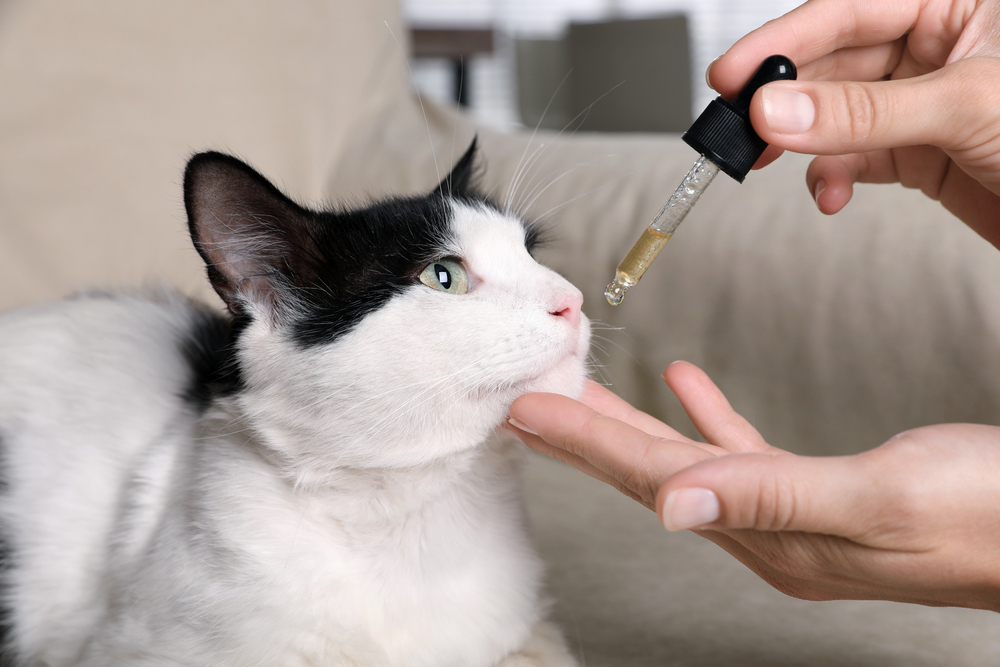
Your pet may develop arthritis despite your best efforts, but you can reduce the possibility or delay the progression in many ways, including:
- Feeding your pet appropriately — Pets who are overweight or obese put excessive pressure on their joints, so feed your pet appropriately to maintain an ideal body condition.
- Avoid strenuous exercise — Although you may have planned that your new puppy would be your running partner, avoid running long distances on pavement until your pup’s growth plates have closed. Additionally, slowly ease into an exercise regimen—do not make your dog a weekend warrior who turns from couch potato to master dock diver during your weekend at the lake.
- Begin a joint supplement early — Starting a supplement regimen before you notice arthritis signs is best—give your pet a quality joint supplement from a reputable manufacturer early on to preserve joint cartilage.
Does your four-legged friend seem to favor one leg as they run? Maybe they no longer jump up on the couch or your bed for a snuggle? These could be arthritis signs, so schedule an appointment with our Fairfax Veterinary Clinic team to help your pet achieve comfortable mobility again.




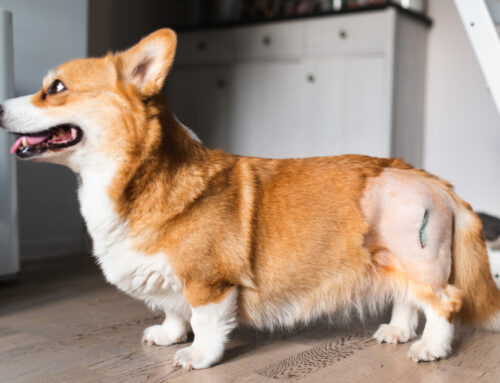
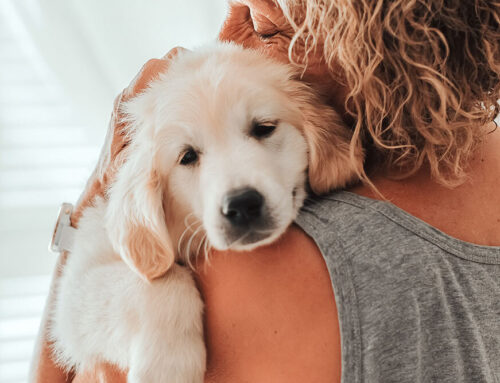
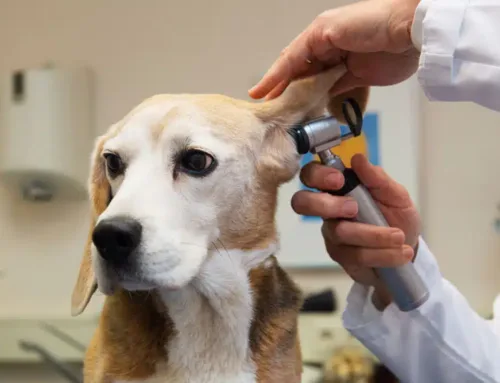
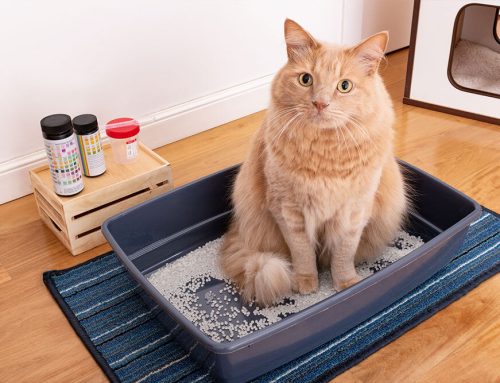
Leave A Comment